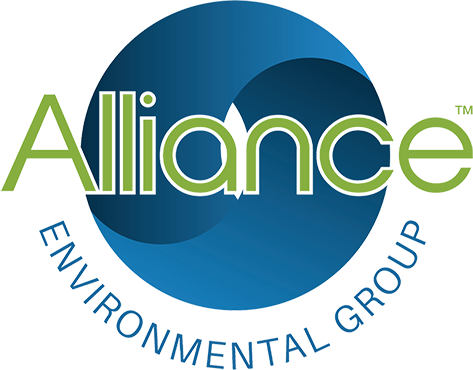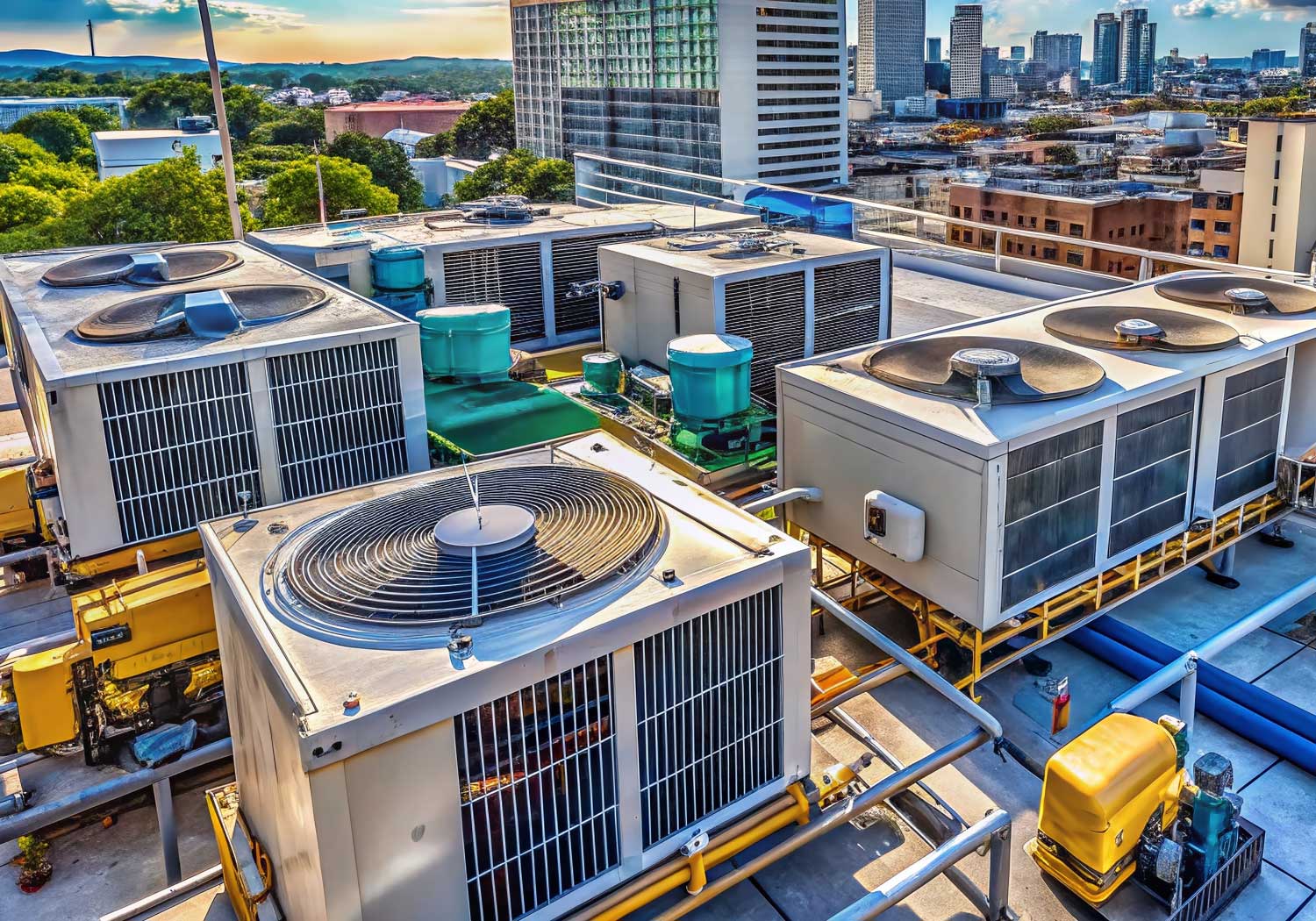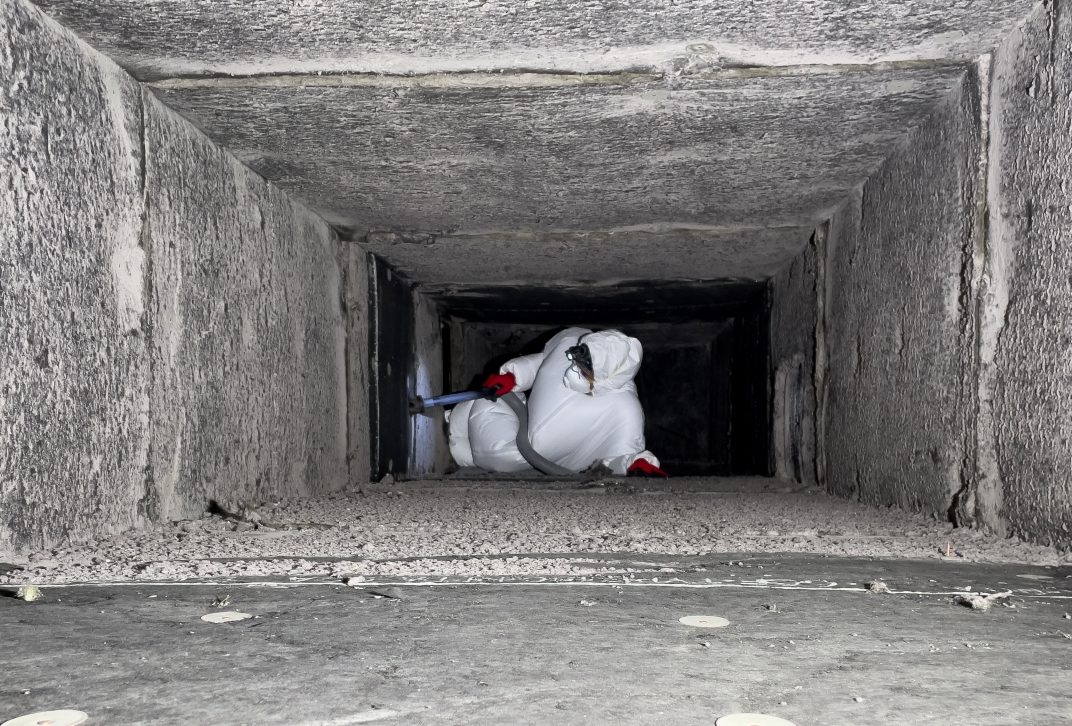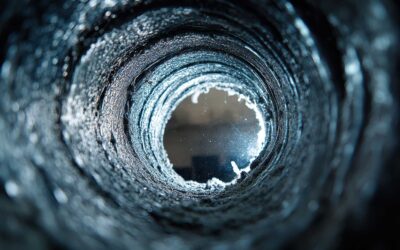When searching for “air duct cleaning near me,” facility managers need a reliable framework to determine optimal scheduling. This checklist provides practical guidance for maintaining healthy indoor environments and operational efficiency.
Visual and Operational Indicators
- Visible Dust Accumulation: Inspect supply and return vents for noticeable dust buildup, which indicates potential system-wide contamination. When dust is visible on or around vents, it’s often just the surface indication of more extensive accumulation throughout the system.
- Reduced Airflow: Areas experiencing decreased airflow may signal obstructed ducts requiring professional attention. This reduction impacts both comfort and system efficiency, potentially increasing operational costs.
- Inconsistent Temperatures: Uneven heating or cooling across your facility often points to airflow restrictions from dirty ductwork. These temperature variations can lead to occupant complaints and productivity issues.
- Unusual Odors: Persistent musty smells when the HVAC system runs typically indicate mold, dust, or contaminant buildup. These odors can affect workplace satisfaction and potentially signal health concerns requiring immediate attention.
Compliance and Regulatory Triggers
- Regular Inspection Schedule: Most commercial facilities benefit from professional air duct inspections every 2-3 years. However, high-use or specialized facilities may require more frequent assessment.
- Post-Construction/Renovation: Always schedule air duct cleaning after significant construction activities that produce dust and debris. Construction dust often contains irritants that can circulate throughout your building if not properly removed.
- Following Water Damage: Water intrusion events necessitate immediate inspection and cleaning to prevent mold growth. Addressing this promptly can prevent costly remediation projects later.
- Documentation Requirements: Maintain cleaning records for regulatory compliance and to demonstrate due diligence. These records can be invaluable during inspections or in response to indoor air quality concerns.
Cost and Performance Analysis
- Energy Efficiency Decline: A 5-15% increase in energy costs may indicate dirty ductwork reducing system efficiency. Tracking these costs can help justify the investment in professional air duct cleaning services.
- Increased Maintenance Calls: Rising HVAC service requests often correlate with compromised air distribution systems. Analyzing these patterns can reveal underlying issues before they become critical failures.
- Indoor Air Quality Complaints: Track occupant complaints about air quality, allergies, or respiratory issues as potential indicators. These complaints not only signal potential maintenance needs but can also impact workplace productivity and satisfaction.
Environmental and Seasonal Factors
- Local Environmental Conditions: Facilities in areas with high pollution, construction, or pollen require more frequent cleaning. When researching “air duct cleaning near me,” consider providers who understand your local environmental challenges.
- Seasonal Transitions: Schedule inspections before major seasonal HVAC transitions (heating to cooling or vice versa). This timing ensures optimal system performance during peak demand periods.
- Occupancy Changes: Significant increases in building occupancy or usage pattern changes warrant reassessment of cleaning schedules. Higher occupancy typically introduces more particulates and contaminants into the air distribution system.
Professional Selection Considerations
Finding qualified “air duct cleaning near me” providers requires careful evaluation. Look for contractors with NADCA (National Air Duct Cleaners Association) certification, commercial facility experience, and comprehensive assessment approaches. Request references from similar facilities and ensure they provide before-and-after documentation of their work. Professional technicians should conduct thorough inspections before recommending specific cleaning protocols rather than applying one-size-fits-all solutions.
Implementation Benefits
Proactive air duct maintenance delivers multiple advantages beyond basic cleanliness. Properly maintained ductwork can reduce energy consumption by 5-15%, extend equipment lifespan, improve indoor air quality, and reduce the burden on filtration systems. Additionally, clean ducts minimize the distribution of allergens and particulates that can affect occupant health and comfort. For facilities with sensitive operations or vulnerable populations, these benefits are particularly significant.
Scheduling Air Duct Cleaning
Implementing this checklist helps facility managers develop proactive maintenance strategies rather than reacting to problems after they occur. When searching for “air duct cleaning near me,” look for experienced professionals who understand commercial facilities’ unique requirements and can provide comprehensive documentation of their work. Regular assessment and maintenance of your air distribution system will protect your facility investment, support occupant health, and optimize operational efficiency.
For professional air duct cleaning services that help maintain healthy indoor environments and optimize facility operations, contact us today at https://www.alliance-enviro.com/.




